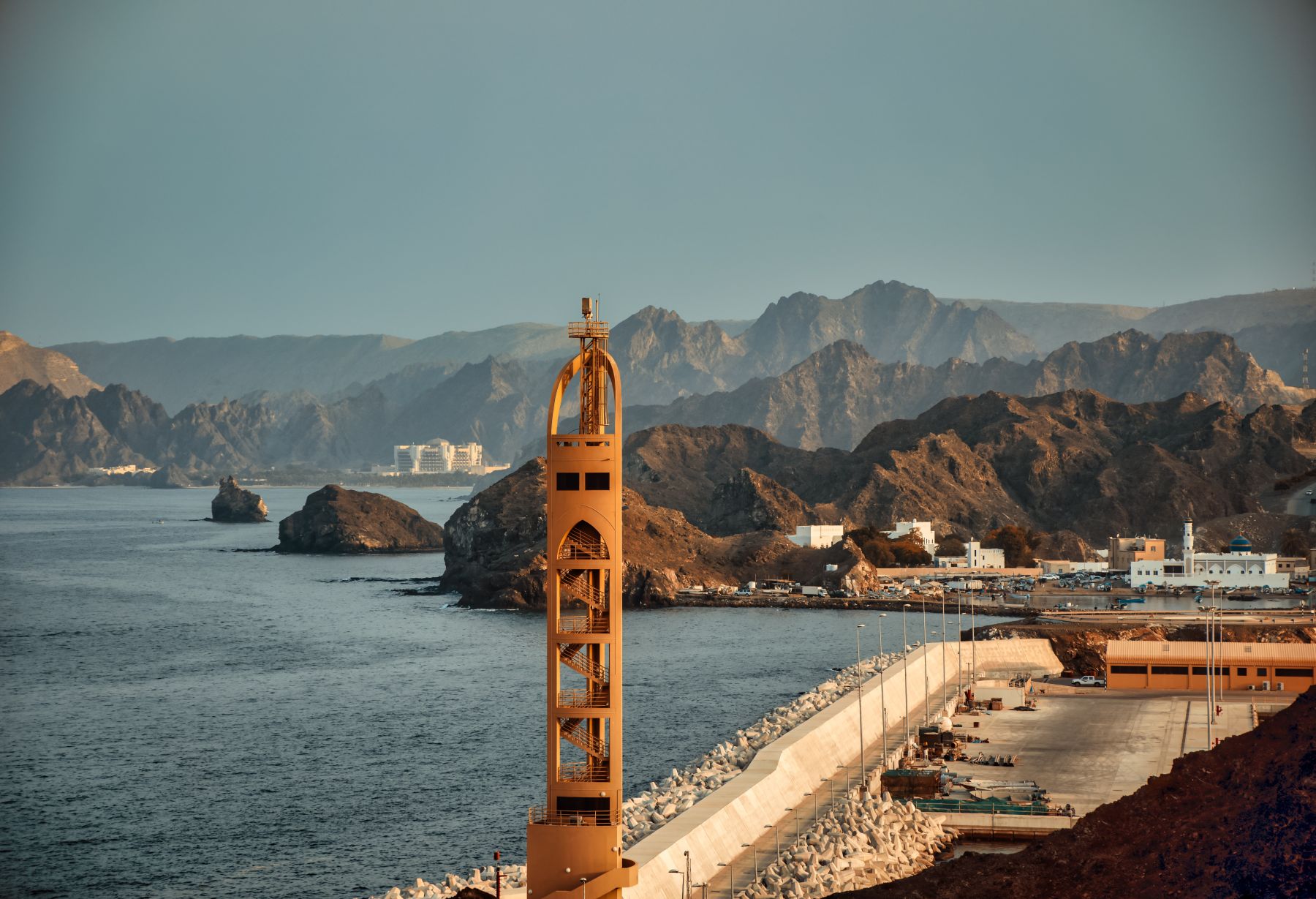Role of China in the Middle East (West Asia and North Africa, WANA)
29th Mar 2023 by Simon Mabon

Guest post: Anoushiravan Ehteshami. This is part of our series reflecting on external powers in the Middle East.
China’s return to the WANA region has generated much debate and caused much consternation amongst Western powers regarding the ever-growing presence of what the European Union has declared to be a ‘systemic rival’ since 2019. China is indeed more visible in this region and China is deepening its economic and broader political footprint as well. But there should not be much surprise in this emerging state of affairs. For one thing, as trade relations change between countries and regions, so too as well do interactions. It is the growing intensity of China’s interactions with the region that is of great interest, and of course of some concern to Western powers. As WANA collectively ‘looks East’ and China itself implements a ‘pivot west’ through its vibrant Belt and Road Initiative (BRI) so inevitably will we see the vertical and horizontal extension of exchanges.
Secondly, China is an old ‘newcomer’ to WANA. It has a couple of thousand years of history with parts of West Asia through its celebrated Silk Road, and during the Cold War as well it supported a range of Maoist movements and liberation fronts in the region, and indeed has supported Arab nationalist regimes of the region in the past. Its deep mistrust of post-Stalin Soviet Union and its ideological confrontation with Moscow was matched by its hatred of the imperialist powers of the West, and remarkably it found sympathetic audiences across the Global South following the Bandung Conference. But its role was not defined solely by the CCP’s advocacy role in the region. Indeed, in the 1950s, Algeria, Morocco and the coterie of nationalist Arab regimes all extended a hand of friendship to China, and in the 1970s following the thawing of relations with the United States, Beijing was bent on building state-to-state relations with regional actors across the board, starting with some of the United States’ closest regional allies.
But it is in the post-Cold War period that we witness a dramatic change in China’s relations with the region. On the one hand, the end of the Cold War and the dissolution of the Soviet empire opened the landlocked heartland of Asia to China, allowing it for the first time in a century to expand its interests westwards, and on the other hand China’s economic awakening pushed it towards the Persian Gulf and other oil producers of the WANA region in search of energy to fuel its remarkable economic growth following the introduction of reforms. From 1993, arguably, by when China had become a net importer of crude oil, has China’s attention to West Asia grown, leading to a step-change in the relationship. It took West Asian energy exporters another decade, however, for them to shift their gaze eastwards, and this was partly a result of the US discovering the virtues of fracking and ‘self-sufficiency’, and Europe actively managing its hydrocarbons use and reducing its market exposure to WANA suppliers.
How has China’s engagement evolved in the light of recent global challenges?
For China, access has been the key. On the one hand, China has sought unfettered access to the crude oil, by-products, and natural gas resources of WANA region, and on the other hand it has become increasingly invested in the market opportunities of this region. Since the launch of BRI in 2013, China’s trade prolife has changed dramatically, now placing it as the premier trading partner of the bulk of WANA countries. Furthermore, the BRI itself has helped deepen China’s relations with such diverse economies as Iran, Iraq, the UAE, Saudi Arabia, Kuwait, Oman, Egypt and also Israel. Indeed, China has established what in the West is seen as ‘most favoured nation status’ with several WANA countries, which includes Algeria, Egypt, Iran, Saudi Arabia, and the UAE. These ‘Comprehensive Strategic Partnerships’ are designed to signal to the parties their most-favoured status as a priority partner. So, in effect, China has strived to maintain the position of ‘business as usual’, despite external pressures (as from the United States on its key regional allies to keep a distance from China), the imposed isolation of the covid-19 pandemic and the disruption in trade flows and supply chains, even Russia’s aggression against Ukraine which has effectively blocked two of the six BRI pathways between western Europe and East Asia.
President Xi Jinping’s high-level trip to Saudi Arabia in December 2022 to meet with the Gulf Cooperation Council (GCC) heads of state and a wider group of Arab leaders was arguably precisely to underline the point of business as usual. China has continued to deepen its broadening economic ties with Saudi Arabia and the UAE, has intensified its energy partnership with Iraq, has embarked on a new LNG relationship with Qatar, and has managed all this without loosening its hand of friendship with Iran. Despite Russia offering discounted oil to China since the beginning of 2022, the latter has continued with its large energy lifts from its Gulf Arab partners. Indeed, the only country whose energy trade with China has been adversely affected is Iran, which is largely due to the impact of intensive secondary sanctions on trade with Iran and Iran’s own inability to meet China’s needs.
What are the common misconceptions over China’s role in the Middle East (West Asia)?
There are a number of such misconceptions which tend to do the media rounds and sometimes also penetrate the official parlour about China. China is sometimes seen as a ‘US substitute’ in the region. This is certainly the case when it comes to trade and investment, but China has no intention of swapping roles with the United States as a security guarantor for the region, or for tackling the region’s deep security crises. China may appear as a global ‘anti-status quo’ power, but when it comes to WANA regional dynamics it is much more interested in maintaining the status quo, having the pie and eat it, in fact. Beijing’s efforts to broker peace between Iran and Saudi Arabia, which came to fruition in March 2023, is a case in point: Stability and good neighbourliness is above all the driver of China’s mission.
China is content to have Iran all to itself, so long as this does not come at the price of losing its dominant economic role in the GCC. Some of China’s motives can be described as predatory, but even these are plans well laid in its BRI strategy and have mercantilism at their heart. But the view that China is able and willing to mobilise its considerable military resources to maintain order in West Asia or to compete with the United States’ presence in this part of the world overestimates China’s military deployment abilities when it comes to ‘out of area’ operations and misunderstands what China might be able to commit to such endeavours. Echoing rhetoric can sometimes take the better of commentators!
What are the key factors driving China’s involvement in the region today?
Considering China’s political economy, for Beijing it is vital that the country avoids the dreaded ‘middle income trap’ and manages to maintain the country’s growth trajectory, but this is being challenged by serious structural problems at home (such as high debt of banks and local authorities, collapse of the real estate market, pressures of sanctions, rising youth unemployment, an ageing population, and consumer conservatism), and equally serious external challenges. The pressures on international supply chains, of which China is a major beneficiary, have grown thanks to Russia’s invasion of Ukraine which has forced China’s hand in this geopolitical struggle for the truly new world order that might have followed a multi-polar world order, as well as due to the US’ decision to sever China’s access to high technologies and innovations in the United States. Add to these, uncharacteristically low growth rates of three to five percent a year as the new normal, and the growing sense of distance from the capitalist world’s heartlands in the northern Atlantic, and you have the making of a perfect storm as far as Beijing is concerned. These domestic and global challenges shape China’s thinking, but its policies towards the WANA region are driven by a much more manageable set of priorities. Foremost amongst these is China’s continuing dependence on fossil fuels from West Asia. Despite the unrivalled strides towards building a post-hydrocarbon, renewable, economic base, China remains dependent on crude oil, oil products and now also LNG from the Persian Gulf subregion. So, access to energy, its uninterrupted flow in large volumes eastwards drives China’s interest in this part of the world. But China’s growing interest in the rich markets of the Gulf Cooperation Council countries, its desire to push ahead with BRI-linked infrastructure projects in West Asia and the Mediterranean, and access to the deep pockets of several GCC countries for its own development needs are pushing China further into the region. China is highly sensitive to the changing regional landscape and sees for itself a great opportunity to consolidate relations structurally. From Beijing’s perspective, success in this strategy will inevitably better place China to take advantage of economic openings presented, eventually helping it develop meaningful politico-strategic partnerships with as many regional actors as possible.
For China, ‘win-win’, the driving mantra of BRI, thus, can finally move from the drawing board and find right of place in a world slowly being reshaped by the ‘Asianisation of Asia’ – Asian regions convergence – at the heart of which sits China, in place of the century of West Asia’s Westernisation.
Anoushiravan Ehteshami is Professor of International Relations in the School of Government and International Affairs, Durham University. He is also the Nasser al-Mohammad al-Sabah Chair in International Relations and Director of the HH Sheikh Nasser al-Mohammad al-Sabah Programme in International Relations, Regional Politics and Security. He is, further, Director of the Institute for Middle Eastern & Islamic Studies (IMEIS) at Durham, one of the oldest and noted centres of excellence in Middle Eastern studies in Europe.
